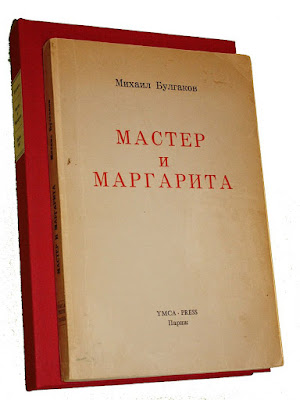Mikhail Bulgakov, a well-known Russian author, began his novel, The Master and Margarita, in 1928 but did not complete the manuscript until 1940. Even then, knowing it would offend censors in Stalin’s Russia, the author chose to keep the book under wraps, not wanting to run afoul of a backlash from the government. It was finally smuggled out to the West and published after the author’s death in 1966. Since then, it has been acknowledged as one of best novels of the 20th century.
That accolade is well deserved. It is an enchanting book
that describes what happens when Satan, in the disguise of a character named
Wolan, visits Moscow with his minions in the 1930s. What follows is
easily guessed, with all hell breaking loose. The story has two parallel
tracks, describing the havoc caused by Satan’s appearance in Moscow along with
a description of Pontius Pilate’s decision to allow the crucifixion of Jesus.
Remarkably, the author is able to unify the two tales into a satisfactory
whole.
While it might sound like a gloomy read, the opposite is
true. Humor abounds as Bulgakov delights in the devilry taking place,
which highlights the close interaction between good and evil. Religious
beliefs put to the side, the reader cannot help but be amused by the chaos
caused by Satan’s return to modern times, as he either seduces the story’s
characters or wreaks havoc on their disbelief. The Master and
Margarita remains a must-read here in a world where Satan still
seems to be in charge of the discourse.
Robert Koehler

No comments:
Post a Comment